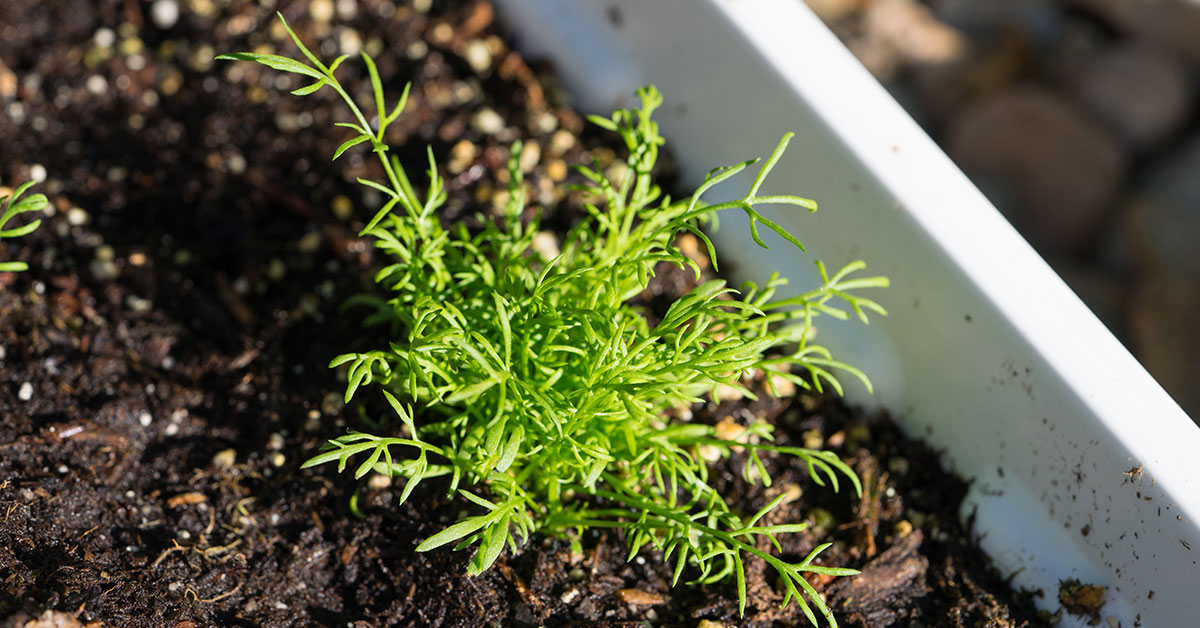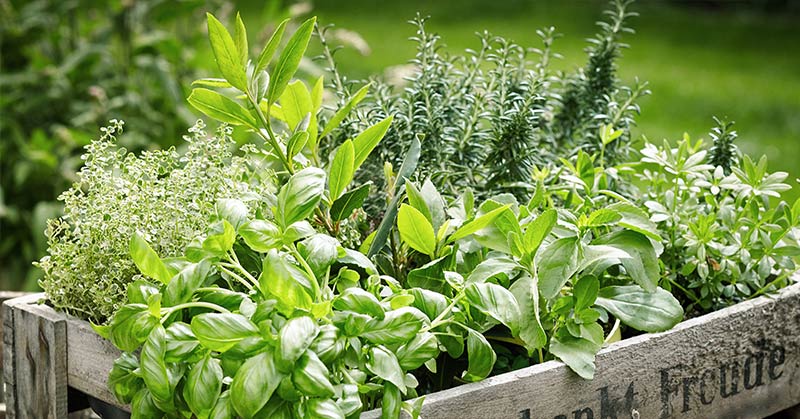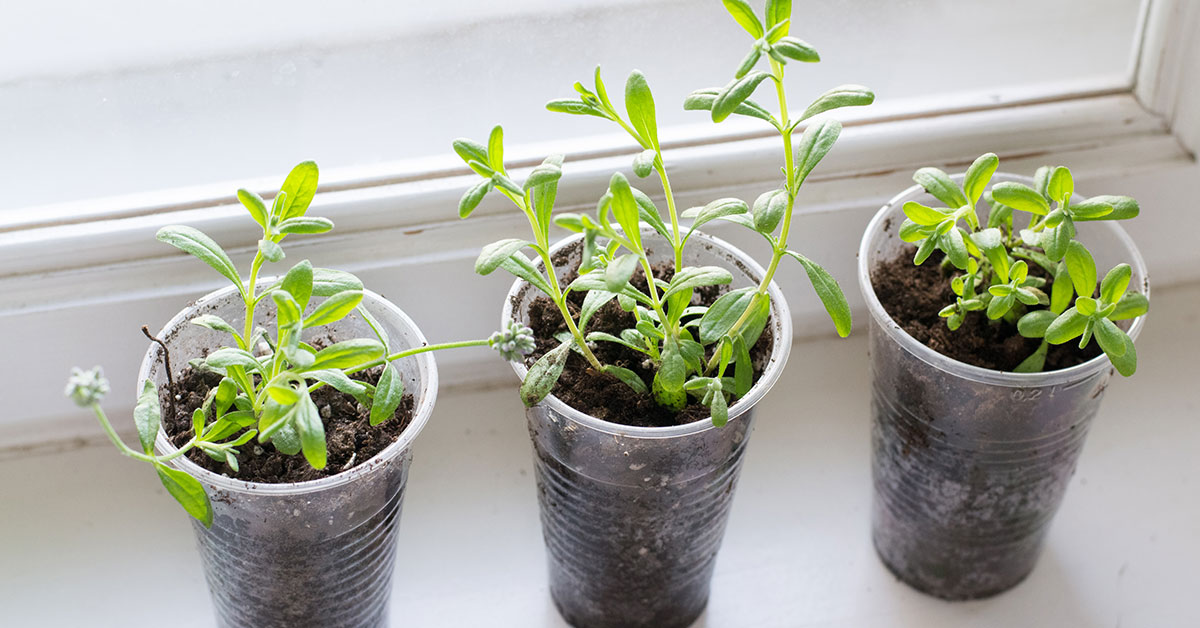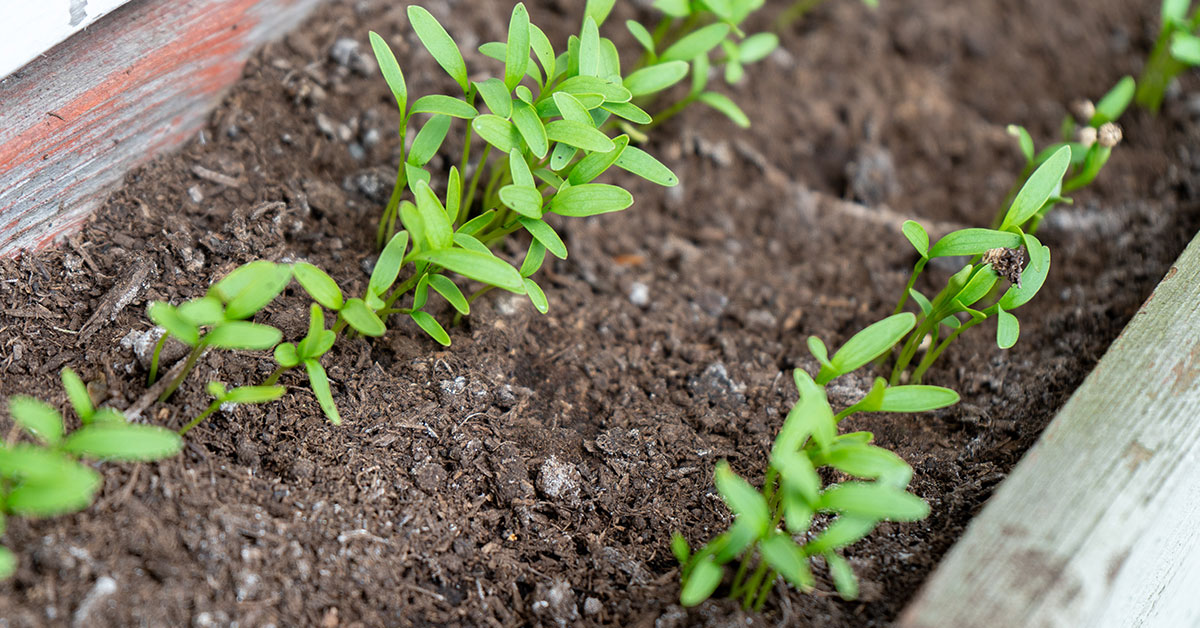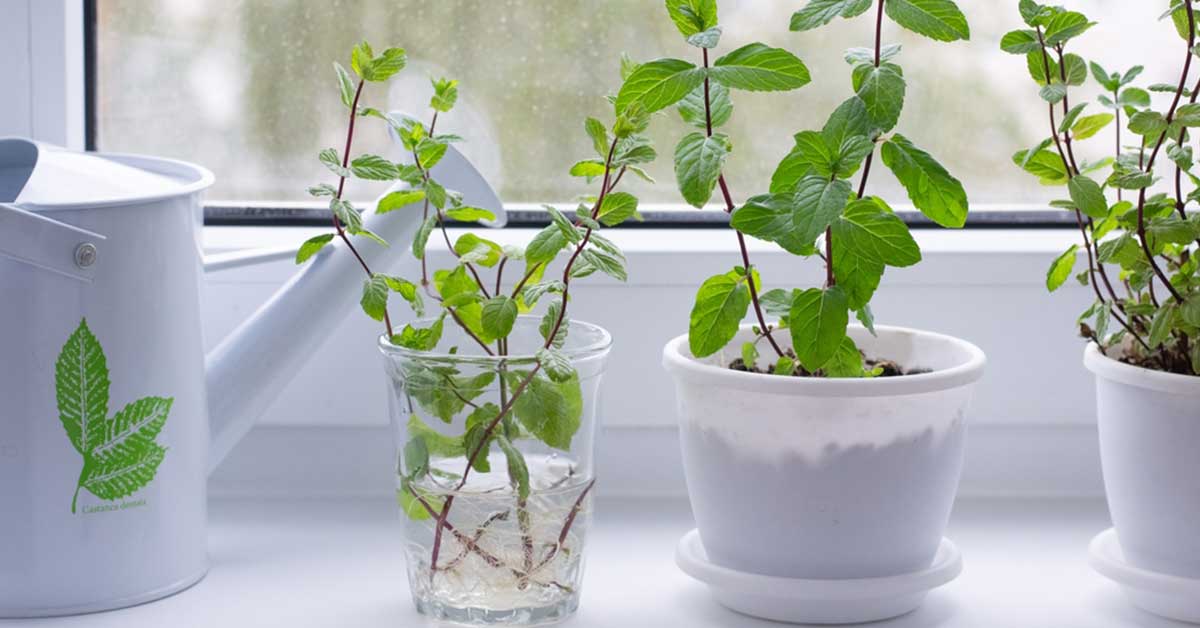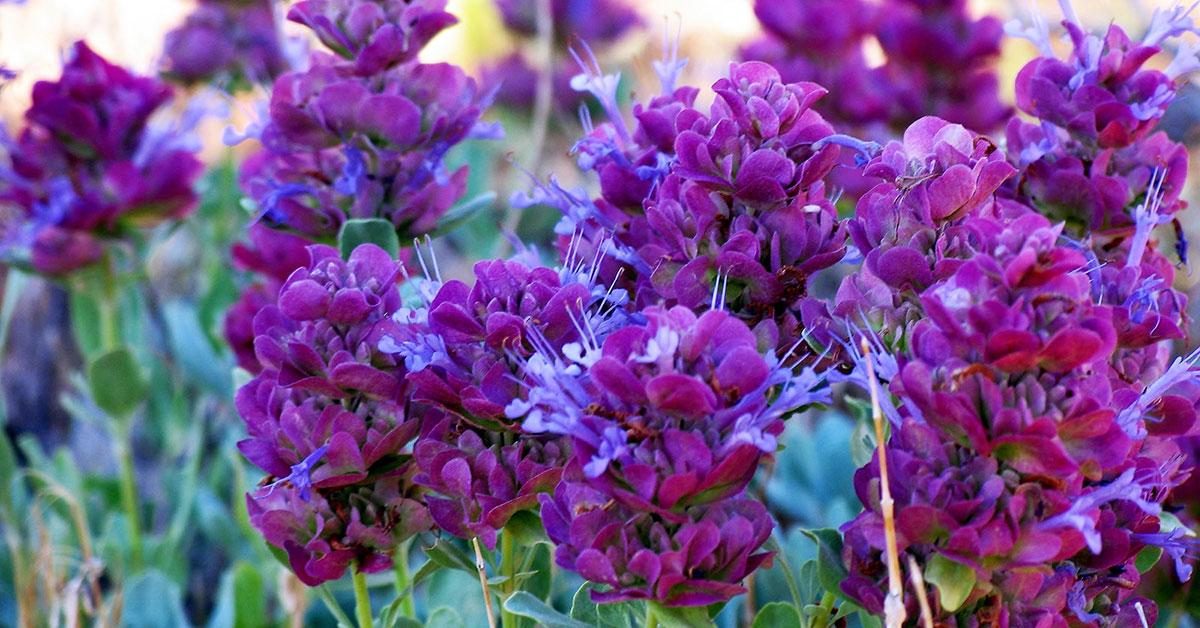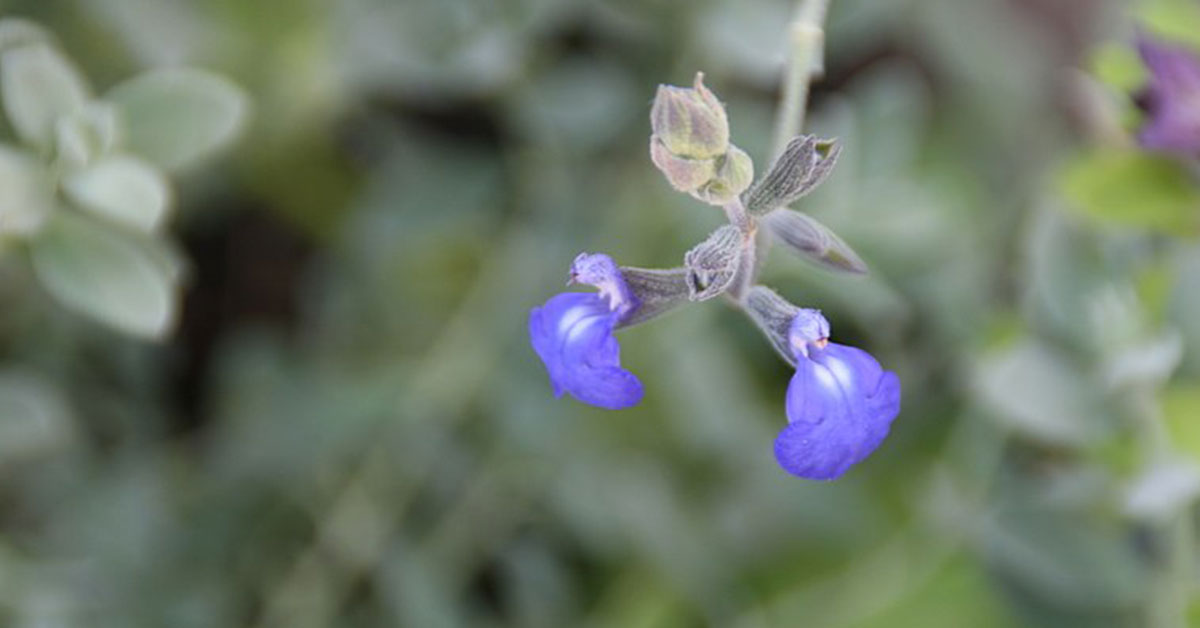If you’re looking to add a splash of color and a calming scent to your garden. Growing chamomile from seed is a great way to make it happen. Chamomile is a popular herb that’s most often used in teas and other beverages. It’s also a beautiful flower that can add a pop of color to any outdoor space. Growing chamomile from seed is a relatively straightforward process that can be done indoors or outdoors, depending on the climate and your preference. We’ll discuss a basic care guide on how to grow chamomile from seed. Including what type of soil and light it needs and how to care for it once it’s planted.
When To Start Chamomile Seed Indoors
Starting chamomile seeds indoors is an excellent way to get a jump-start on the growing season. Begin sowing the seeds 6 to 8 weeks before the last frost in your area. Plant the seeds in a shallow tray filled with moist, sterile potting soil and cover it with a thin layer of soil. Place the tray in a sunny spot and keep the temperature between 65-70°F. Water the soil lightly and keep it moist. The seeds should germinate within 10-14 days. When the seedlings have grown to a few inches tall, transplant them into individual pots filled with the same soil. Once all danger of frost has passed, the chamomile plants can be moved outdoors.
When growing chamomile seeds indoors, it is important to use the best soil possible to ensure healthy growth and development of the plant. The ideal soil for growing chamomile seeds indoors should be light and well-draining. A good soil mixture for growing chamomile indoors should contain equal parts of compost, potting soil, and perlite. This combination will provide the optimal environment for the chamomile seeds to sprout and grow without becoming water-logged. To ensure good drainage, it is best to place a layer of gravel or pebbles at the bottom of the pot before adding the soil. Additionally, the soil should be kept on the drier side to prevent root rot. Finally, be sure to use a pot with a drainage hole to enable excess water to drain away from the roots properly.
When To Transplant Chamomile Seedlings Outdoors
Transplanting chamomile seedlings outdoors is best done in the late spring when all danger of frost has passed and the weather is consistently mild and warm. When transplanting, it is important to ensure the soil is moist but not overly wet, and that the soil has a pH between 6.2 and 7.0. The seedlings should be planted 4-6 inches apart in a sunny location and should be watered immediately after transplanting. If seedlings are directly sown into the ground, they should be planted in the early spring. This will give them plenty of time to mature and thrive before the summer heat arrives.
Providing care for freshly transplanted chamomile seedlings outdoors is a critical part of ensuring a successful harvest. Chamomile prefers full sun, so make sure to provide plants with at least 6 hours of direct sunlight per day. When watering, make sure to keep the soil consistently moist, but not soggy. Fertilize plants every few weeks with a balanced fertilizer, and make sure to prune away any dead or wilted leaves. Furthermore, chamomile is susceptible to the carrot rust fly, so be sure to use row covers or other barriers to keep this pest away. With proper care, these chamomile seedlings should be ready to harvest in just a few weeks.
Monitor For Pests And Diseases
Freshly transplanted chamomile seedlings are vulnerable to a variety of pests and diseases when grown outdoors. Aphids, whiteflies, and spider mites are the most common insect pests. These insects can cause the leaves to yellow and curl, and weaken the seedlings. Fungal diseases, such as powdery mildew and downy mildew, can also attack chamomile seedlings. These fungi can cause discoloration, wilting, and death of the seedlings. To prevent pests and diseases from harming the seedlings, it is important to keep the soil moist and free of weeds. Additionally, a fungicide or insecticide may be necessary in cases of severe pest or disease infestations.
Pruning newly transplanted chamomile seedlings outdoors is an important step in ensuring healthy and productive plants. The best time to prune is when the seedlings are actively growing and have reached a height of 6-8 inches. Cut off any dead or damaged leaves and stems. If the seedlings have grown too tall, prune back the top 2-4 inches of growth, so the plant can focus on developing a strong root system. When pruning, be sure to use sharp gardening shears or scissors and make clean, angled cuts. Finally, avoid over-pruning, as this can lead to stunted growth.
